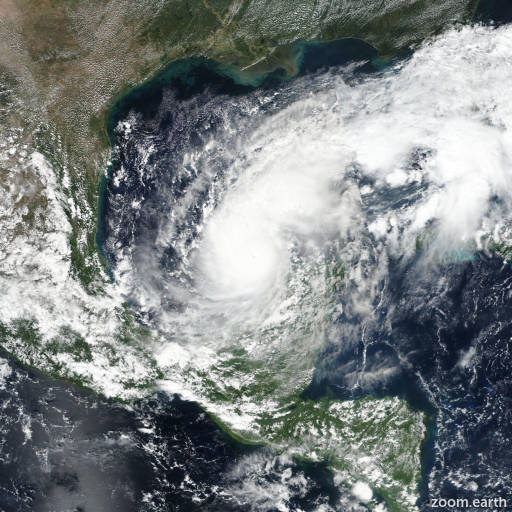Major Hurricane Milton 2024
Last Modified:

Satellite images, weather maps and tracks of Category 5 Major Hurricane Milton 2024, 5 - 10 October. Max wind speed 180mph.
Click on the map to add points. Double‑click to finish.
Tap on the map to add points.
Last Modified:

Satellite images, weather maps and tracks of Category 5 Major Hurricane Milton 2024, 5 - 10 October. Max wind speed 180mph.